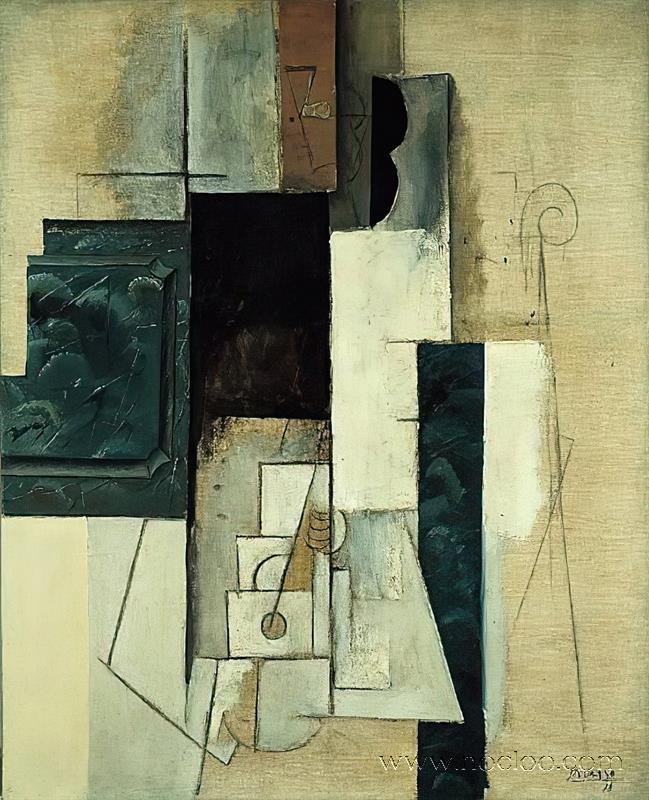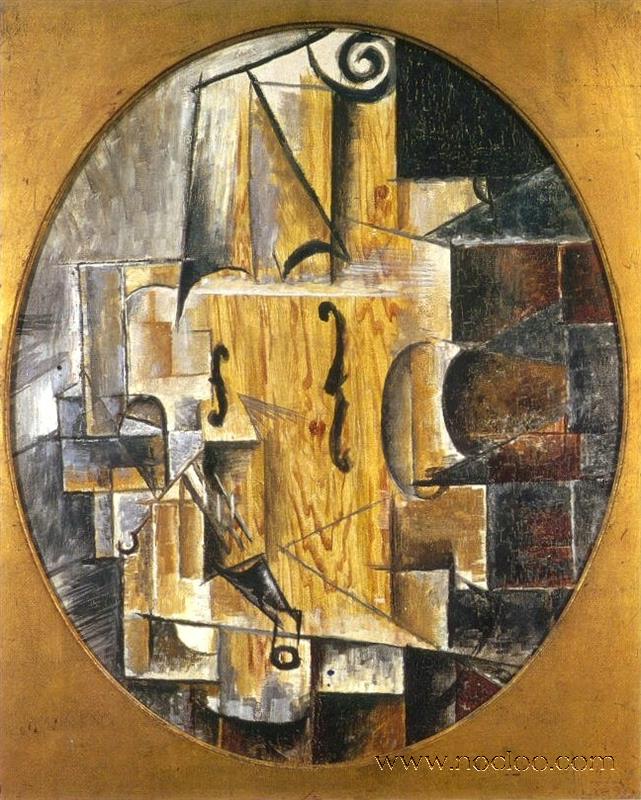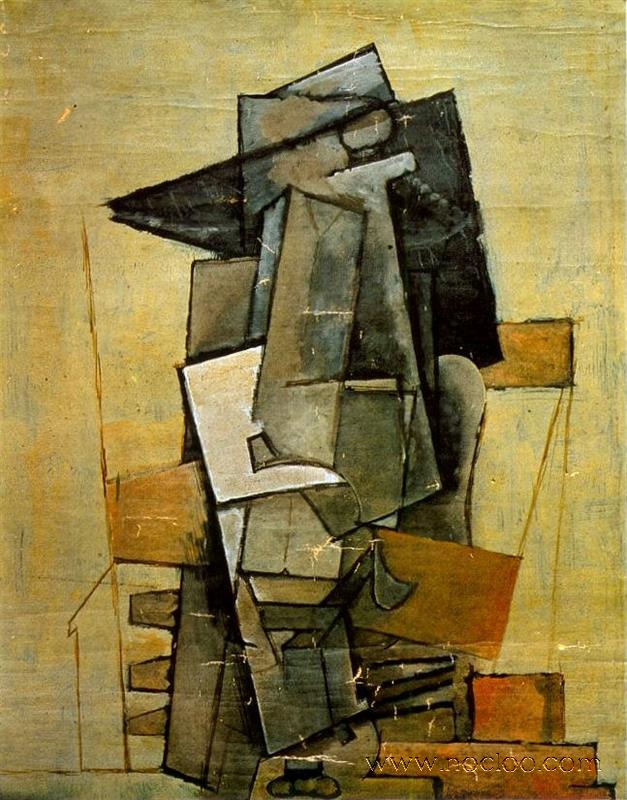
Synthetic Cubism was the second stage of cubism, which introduced the idea of “collage” (adding other materials such as colored paper, newspapers, sheet music, and more) to represent the different blocks of the subject. “The central triangular mass subtly indicates the shape of a woman’s head and torso, and a group of six vertical lines at the painting’s lower center represent the strings of a guitar, which the woman strums.”Ģ. Do you see a woman with a guitar in this piece?įrom the Museum of Modern Art (MoMA), where this painting is housed:
He would look at the blocks from various angles, then reconstruct the subject, painting it from different viewpoints.Īn example of analytical cubism is Picasso’s painting from 1912, Ma Jolie, meaning “My Pretty Girl.” Click here to view the painting, then click again on the cursor/magnifier to enlarge it even more. In this particular style, the artist would analyze (or study) the subject matter and break it down into different blocks. Analytical Cubism was the first stage of the movement. Within the Cubist movement, there were two different types: Analytical Cubism and Synthetic Cubism.ġ. Picasso’s style would evolve throughout the next seventy years of his artistic career, but he would continue to borrow from Cézanne’s art and reinterpret his style over and over. Perspective was lost as the artists portrayed their subjects from multiple viewpoints.

In an effort to depict three-dimensional things on a flat, two-dimensional canvas, they would break down the subject into the most basic of shapes, then reassemble them in abstract form, painting from different angles. These two artists began to look at people and objects differently. So, he began experimenting with these techniques together with his friend, Georges Braque, resulting in the “invention” of Cubism.
Picasso synthetic cubism how to#
In Cézanne’s work, Picasso discovered how to streamline a subject matter, reducing it down to its basic, essential shapes. What inspired him most was how Cézanne took elements from nature and simplified them into basic geometrical shapes and forms.
Picasso synthetic cubism full#
Picasso had been familiar with Cézanne’s art, but it was at that moment when he realized the full impact of his artistic accomplishments, and from that point on, “Cézanne’s influence gradually flooded everything” in Picasso’s art. A retrospective is an art exhibit that covers an artist’s entire career, showing all the works he or she has produced throughout the years. In 1907, a year after the death of French painter, Paul Cézanne, Picasso attended a retrospective of Cézanne’s work.




 0 kommentar(er)
0 kommentar(er)
